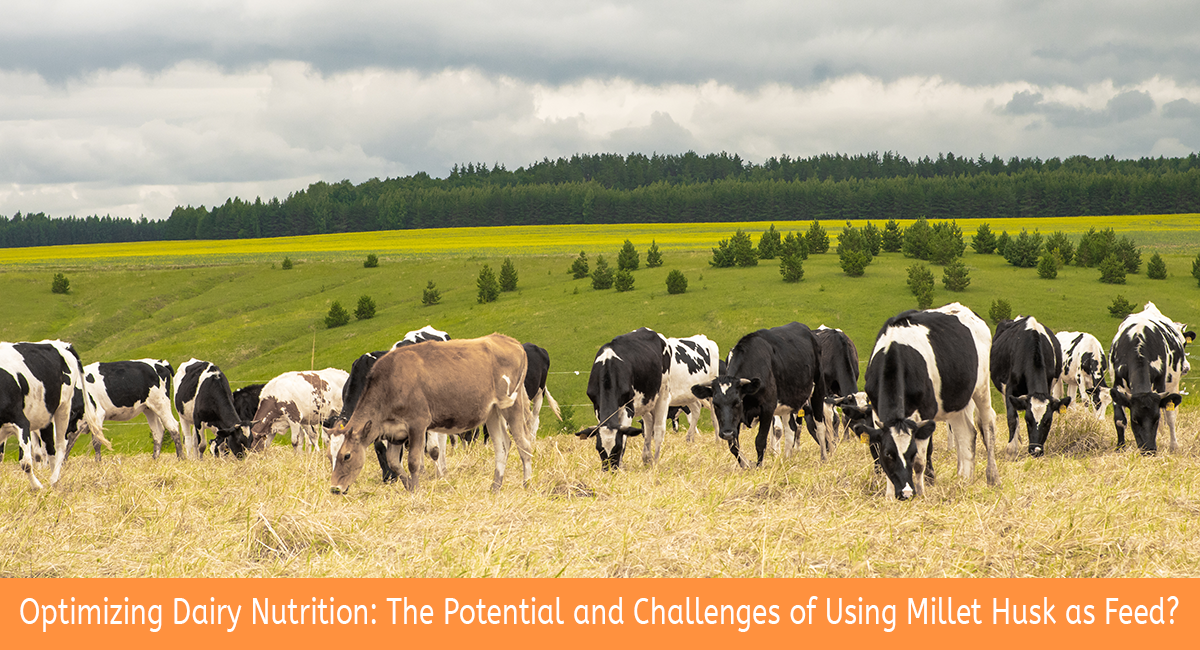
The Potential and Challenges of Using Millet Husk as Feed
Millet husk, a byproduct of millet processing, is often considered as a potential feed ingredient for dairy cows. While it can be a cost-effective and sustainable option, its high fiber content presents certain challenges for dairy nutrition. This report examines the benefits and drawbacks of using millet husk in dairy feed and provides recommendations for its effective use.
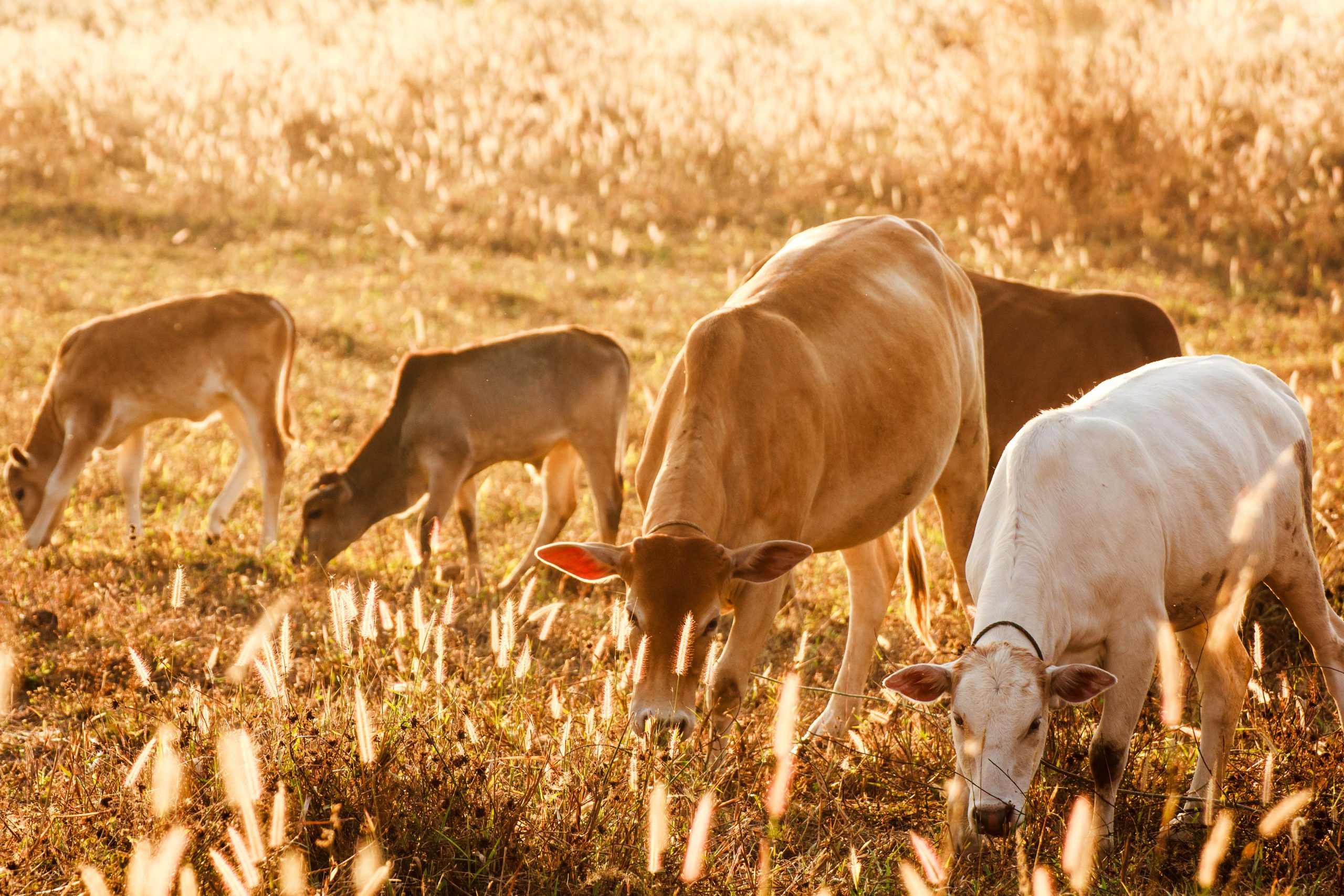
Benefits of Using Millet Husk
1. Cost Effective:
Millet husk is generally less expensive than other feed components, making it a cost-effective alternative, particularly in regions where millet is widely cultivated and processed.
2. Sustainability:
Utilizing millet husk as feed promotes waste reduction and sustainability by repurposing a byproduct that might otherwise be discarded.
3. Fiber Content:
Millet husk is rich in fiber, which is beneficial for ruminant digestion up to a certain extent. Fiber aids in rumen function and helps prevent digestive disorders like acidosis.
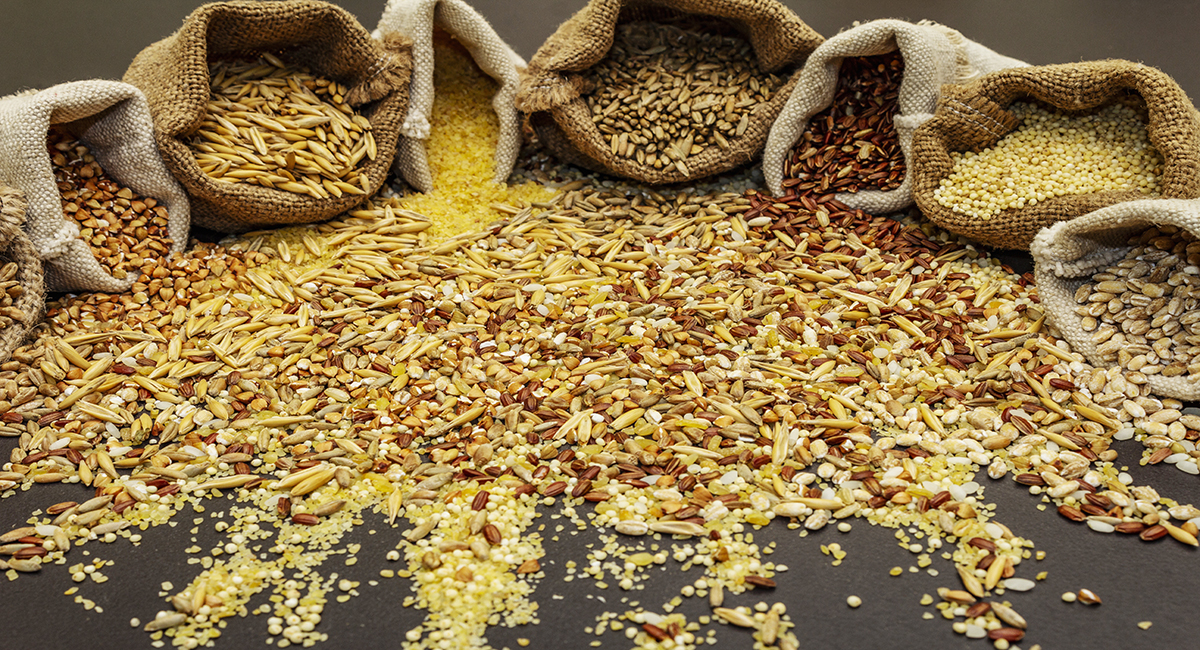
Challenges and Drawbacks
1. High Fiber Content:
The high fiber content in millet husk can be difficult for dairy cows to digest. Excessive fiber can reduce overall feed digestibility, leading to lower nutrient absorption and efficiency. High fiber diets can negatively impact milk production and quality due to insufficient energy and nutrient intake.
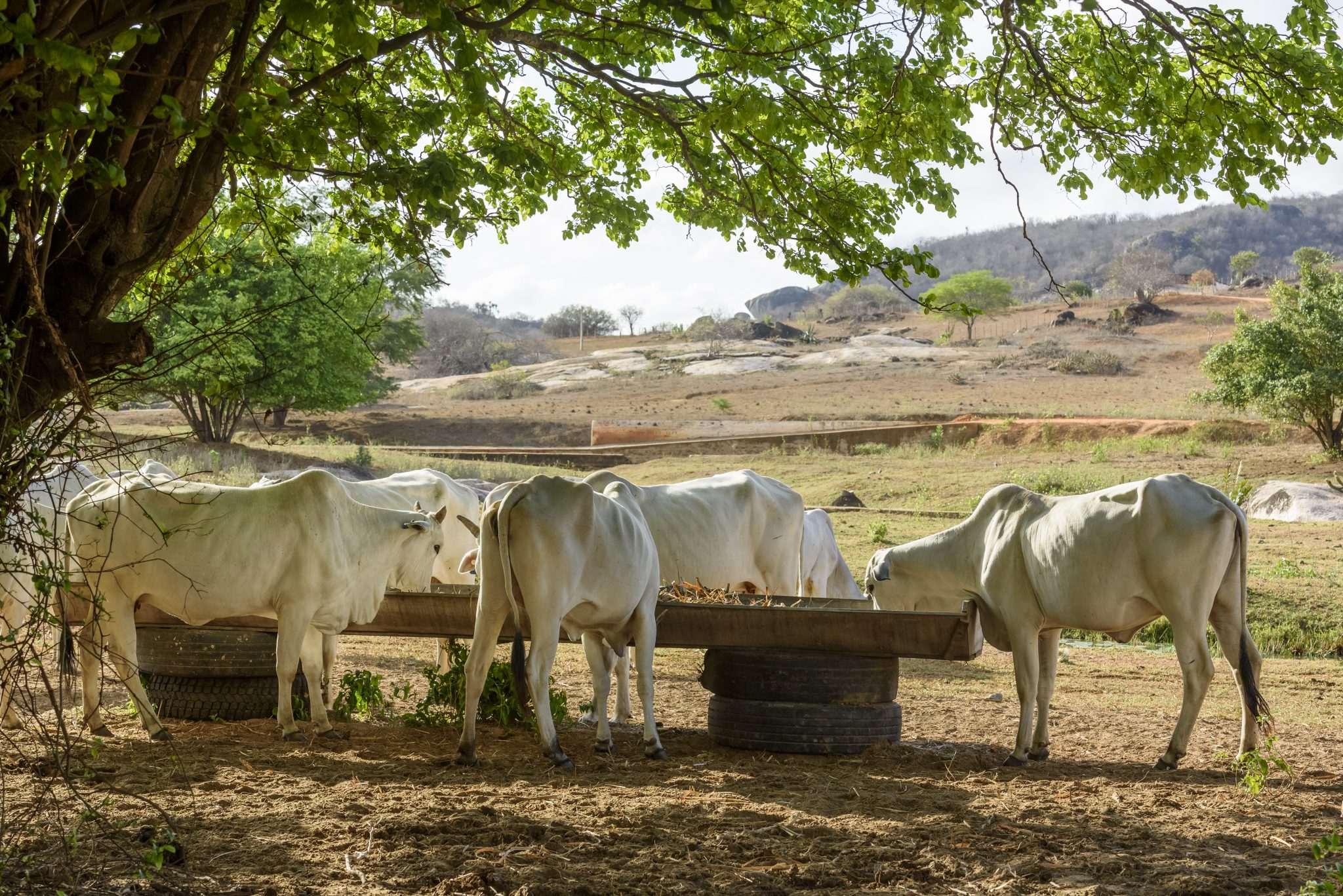
2. Nutrient Deficiency:
Millet husk is low in essential nutrients such as proteins, fats, vitamins, and minerals. Relying heavily on husk can lead to imbalances in the diet, resulting in poor health and productivity.
3. Palatability Issues:
Dairy cows may find millet husk less palatable compared to other feed ingredients. Poor palatability can lead to reduced feed intake and potential weight loss.
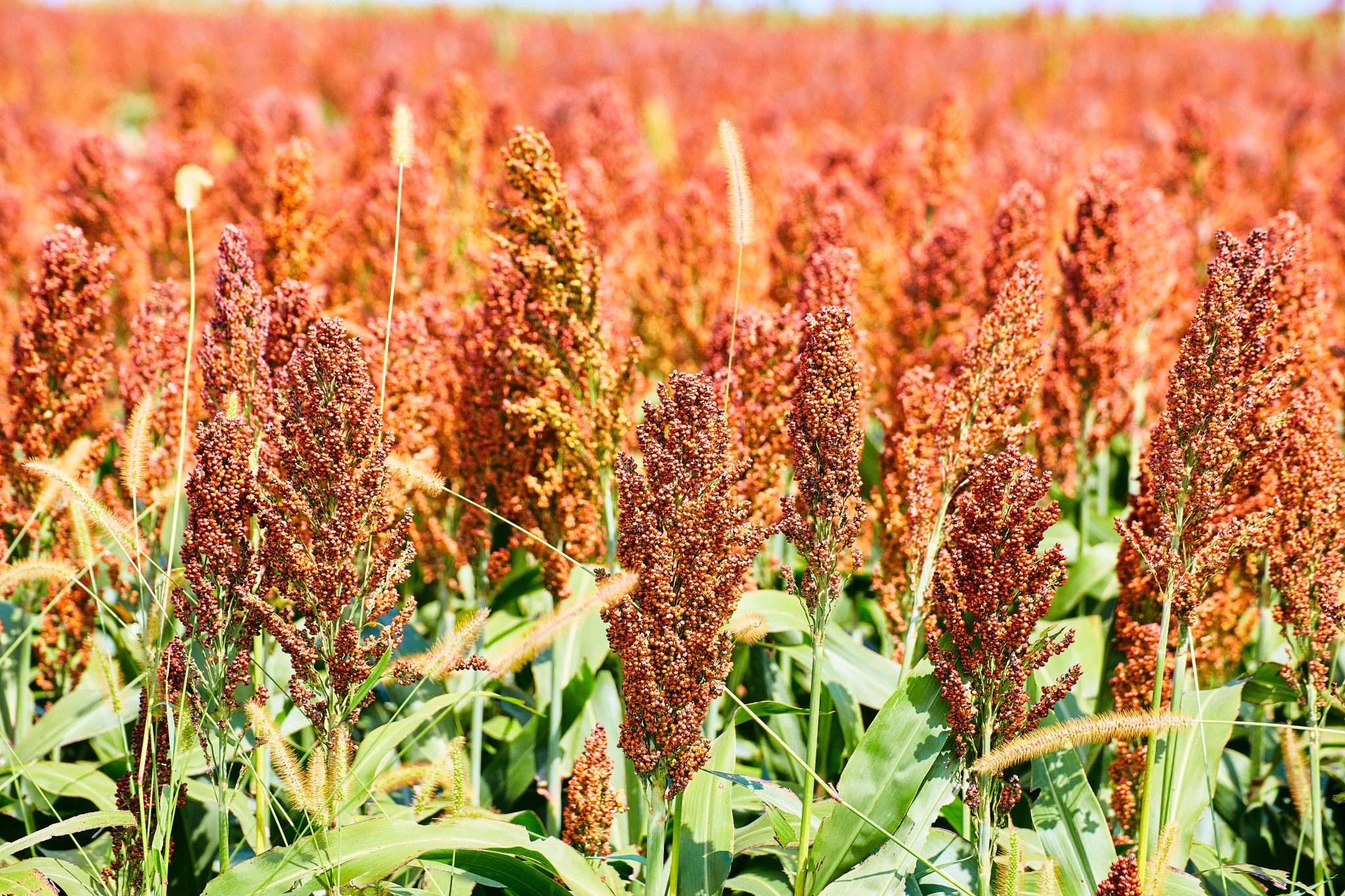
Recommendations for Effective Use
1. Balanced Diet Formulation:
Use millet husk as a supplementary feed component rather than the primary ingredient. Ensure the diet is balanced with adequate amounts of high-energy feeds, proteins, and essential nutrients.Combine millet husk with other feed ingredients to create a total mixed ration (TMR) that meets the nutritional needs of dairy cows.
2. Processing Techniques:
Process millet husk through grinding or pelleting to improve its digestibility and palatability. These methods help break down the fiber content, making it easier for cows to digest.Consider treating husk with enzymes or other additives to enhance its nutritional value and digestibility.
3. Nutrient Supplementation:
Supplement the diet with protein sources, mineral blocks, and vitamins to counterbalance the low nutrient content of millet husk. Ensure the diet provides sufficient energy to support milk production. Include digestive aids or probiotics to enhance rumen function and improve fiber digestion.
4. Regular Monitoring:
Monitor the health, weight, and milk production of dairy cows regularly. Adjust the feed formulation based on their performance and any signs of digestive disturbances.Work with a livestock nutritionist to develop and continuously optimize feeding strategies that incorporate millet husk effectively.

Conclusion
Using millet husk as dairy feed offers economic and sustainability benefits but comes with challenges related to its high fiber content and low nutrient density. By balancing the diet, employing appropriate processing techniques, and supplementing with necessary nutrients, millet husk can be effectively utilized as a part of dairy cow nutrition.
Careful monitoring and adjustments are crucial to ensure the health and productivity of the herd.
IS360 Can be Reached at
Sharing is caring!

